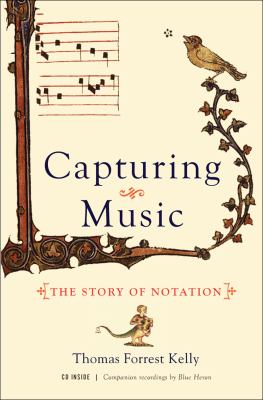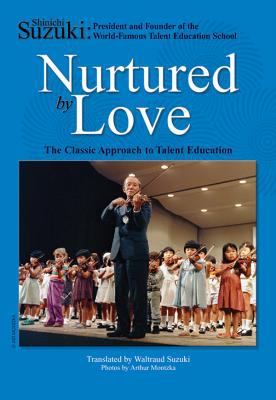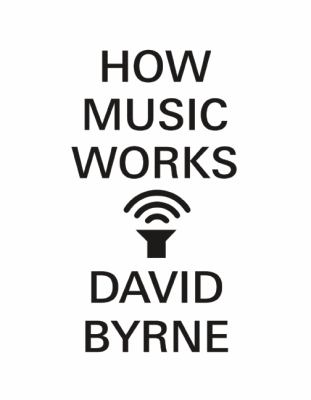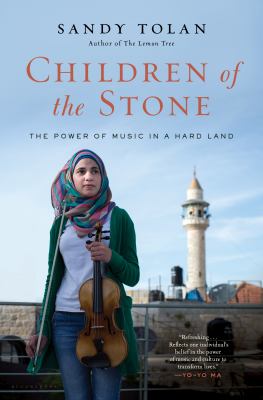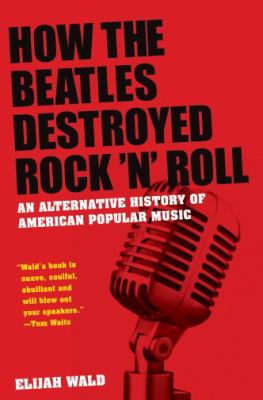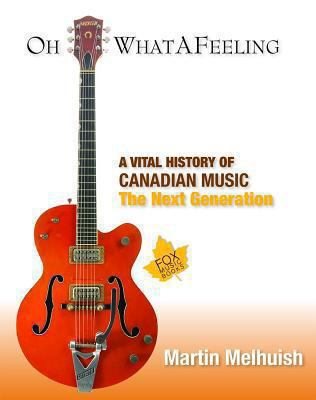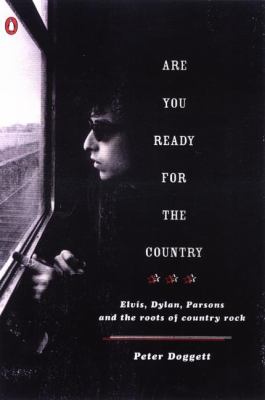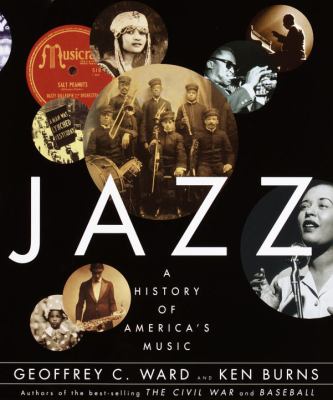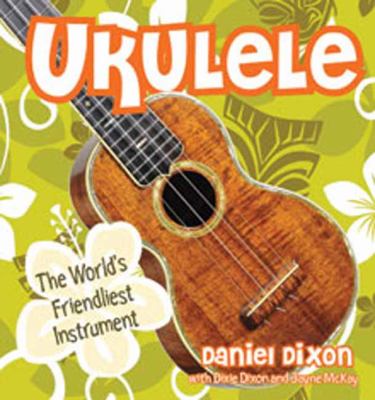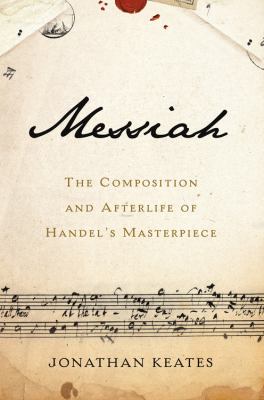Adult Summer Reading List
Music Theory and HistoryThis list of books goes along with our 2018 Adult Summer Reading program: “Libraries Rock!”
Capturing Music: The Story of Notation by Thomas Forrest Kelly
In today s digital landscape, we have the luxury of experiencing music anytime, anywhere. But before this instant accessibility and dizzying array of formats before CDs, the eight-track tape, the radio, and the turntable there was only one recording technology: music notation. It allowed singers and soloists to travel across great distances and perform their work with stunning fidelity, a feat that we now very much take for granted.
Thomas Forrest Kelly transports us to the lively and complex world of monks and monasteries, of a dove singing holy chants into the ear of a saint, and of bustling activity in the Cathedral of Notre Dame an era when the only way to share even the simplest song was to learn it by rote, church to church and person to person. With clarity and a sense of wonder, Kelly tells a story that spans five hundred years, leading us on a journey through medieval Europe and showing how we learned to keep track of rhythm, melody, and precise pitch with a degree of accuracy previously unimagined.
Kelly reveals the technological advances that led us to the system of notation we use today, placing each step of its evolution in its cultural and intellectual context. Companion recordings by the renowned Blue Heron ensemble are paired with vibrant illuminated manuscripts, bringing the art to life and allowing readers to experience something of the marvel that medieval writers must have felt when they figured out how to capture music for all time.”
Nurtured by Love: The Classic Approach to Talent Education by Shinichi Suzuki
This book is the cornerstone upon which to build any Suzuki library. In it, the author presents the philosophy and principles of Suzuki’s teaching methods. Through the examples from his own life and teaching, Suzuki establishes his case for early childhood education and the high potential of every human being—not just those seemingly gifted.
How Music Works by David Byrne
How Music Works is David Byrne’s remarkable and buoyant celebration of a subject he has spent a lifetime thinking about. In it he explores how profoundly music is shaped by its time and place, and he explains how the advent of recording technology in the twentieth century forever changed our relationship to playing, performing, and listening to music.
Acting as historian and anthropologist, raconteur and social scientist, he searches for patterns—and shows how those patterns have affected his own work over the years with Talking Heads and his many collaborators, from Brian Eno to Caetano Veloso. Byrne sees music as part of a larger, almost Darwinian pattern of adaptations and responses to its cultural and physical context. His range is panoptic, taking us from Wagnerian opera houses to African villages, from his earliest high school reel-to-reel recordings to his latest work in a home music studio (and all the big studios in between).
Touching on the joy, the physics, and even the business of making music, How Music Works is a brainy, irresistible adventure and an impassioned argument about music’s liberating, life-affirming power.
Children of the Stone: The Power of Music in a Hard Land by Sandy Tolan
It is an unlikely story. Ramzi Hussein Aburedwan, a child from a Palestinian refugee camp, confronts an occupying army, gets an education, masters an instrument, dreams of something much bigger than himself, and then, through his charisma and persistence, inspires scores of others to work with him to make that dream real. The dream: a school to transform the lives of thousands of children–as Ramzi’s life was transformed–through music.
Musicians from all over the world came to help. A violist left the London Symphony Orchestra, in part to work with Ramzi at his new school, Al Kamandjati. An aspiring British opera singer moved to the West Bank to teach voice lessons. Daniel Barenboim, the eminent Israeli conductor, invited Ramzi to join his West Eastern Divan Orchestra, which he founded with the late Palestinian intellectual, Edward Said. Since then the two have played together frequently. “Ramzi has transformed not only his life, his destiny, but that of many other people,” Barenboim said. “This is an extraordinary collection of children from all over Palestine that have all been inspired and opened to the beauty of life.”
How the Beatles Destroyed Rock n’ Roll: An Alternative History of American Popular Music by Elijah Wald
“There are no definitive histories,” writes Elijah Wald, in this provocative reassessment of American popular music, “because the past keeps looking different as the present changes.” Earlier musical styles sound different to us today because we hear them through the musical filter of other styles that came after them, all the way through funk and hip hop.
As its blasphemous title suggests, How the Beatles Destroyed Rock ‘n’ Roll rejects the conventional pieties of mainstream jazz and rock history. Rather than concentrating on those traditionally favored styles, the book traces the evolution of popular music through developing tastes, trends and technologies–including the role of records, radio, jukeboxes and television –to give a fuller, more balanced account of the broad variety of music that captivated listeners over the course of the twentieth century. Wald revisits original sources–recordings, period articles, memoirs, and interviews–to highlight how music was actually heard and experienced over the years.
And in a refreshing departure from more typical histories, he focuses on the world of working musicians and ordinary listeners rather than stars and specialists. He looks for example at the evolution of jazz as dance music, and rock ‘n’ roll through the eyes of the screaming, twisting teenage girls who made up the bulk of its early audience. Duke Ellington, Benny Goodman, Frank Sinatra, Elvis Presley, Chuck Berry, and the Beatles are all here, but Wald also discusses less familiar names like Paul Whiteman, Guy Lombardo, Mitch Miller, Jo Stafford, Frankie Avalon, and the Shirelles, who in some cases were far more popular than those bright stars we all know today, and who more accurately represent the mainstream of their times.
Written with verve and style, How the Beatles Destroyed Rock ‘n’ Roll shakes up our staid notions of music history and helps us hear American popular music with new ears.
Oh What a Feeling: A Vital History of Canadian Music: The Next Generation by Martin Melhuish
Canadian popular music has taken the world by storm during the past two generations with Justin Bieber, Avril Lavigne, Michael Buble, Diana Krall, Nickelback, and Drake following the trails blazed by such artist as Bryan Adams, Ceine Dion, Shania Twain and Alanis Morissette. This pedigree extends beyond Anne Murray, Gordon Lighfoot, Neil Young, Rush, The Band, and Joni Mitchell to such stars as Paul Anka, Hank Snow, Guy Lombardo, Sons of the Pioneers – back to the original King of Pop himself, Henry Burr, and so on to Alex Muir’s composition of the Maple Leaf Forever, Canada’s unofficial national anthem.
Oh What a Feeling is a lively chronicle of the Canadian popular music scene since 1684, featuring more than 5,000 fact-filled entries, 400 archival images, and scores of recording industry artifacts, as well as: *Profiles of Canadian Music Hall of Fame Members *Complete List of JUNO Award Winners *Introductions to 10 of the hottest emerging artists
Are You Ready for the Country? by Peter Doggett
Country Rock, as played by the Byrds, the Eagles, and The Flying Burrito Brothers, was the dominant style in American music during the 1970s. But the artistically fertile relationship between rock and country music has–since their first encounter in the 1950s–been uneasy and often explosive.
Jazz: A History of America’s Music by Geoffrey C. Ward
Continuing in the tradition of their critically acclaimed works, Geoffrey C. Ward and Ken Burns vividly bring to life the story of the quintessential American music—jazz. Born in the black community of turn-of-the-century New Orleans but played from the beginning by musicians of every color, jazz celebrates all Americans at their best.
Jazz is more than mere biography. The history of the music echoes the history of twentieth-century America. Jazz provided the background for the giddy era that F. Scott Fitzgerald called the Jazz Age. The irresistible pulse of big-band swing lifted the spirits and boosted American morale during the Great Depression and World War II. The virtuosic, demanding style called bebop mirrored the stepped-up pace and dislocation that came with peace. During the Cold War era, jazz served as a propaganda weapon—and forged links with the burgeoning counterculture. The story of jazz encompasses the story of American courtship and show business; the epic growth of great cities—New Orleans and Chicago, Kansas City and New York—and the struggle for civil rights and simple justice that continues into the new millennium.
Visually stunning, with more than five hundred photographs, some never before published, this book, like the music it chronicles, is an exploration—and a celebration—of the American experiment.
Ukulele: The World’s Friendliest Instrument by Daniel Dixon
These days the ukulele is experiencing a revolution-both as a valid instrument that can sweetly transform pop music and rock and roll, and as the focus of dozens of clubs springing up across the world. Ukulele! brings the “uke” world to light, exposing its colorful history, quirky characters, and irresistible charm. Dozens of colorful photos and ephemera make Ukulele! as fun to look at as it is to read.
Messiah: The Composition and Afterlife of Handel’s Masterpiece by Jonathan Keates
From Handel’s renowned biographer, the story of one of the most celebrated compositions of Western classical music, Handel’s famous oratorio, Messiah
In the late summer of 1741, George Friderick Handel, composed an oratorio set to words from the King James Bible, rich in tuneful arias and magnificent choruses. Jonathan Keates recounts the history and afterlife of Messiah, one of the best-loved works in the classical repertoire. He relates the composition’s first performances and its relationship with spirituality in the age of the Enlightenment, and examines how Messiah, after Handel’s death, became an essential component of our musical canon.
An authoritative and affectionate celebration of the high-point of the Georgian golden age of music, Messiah is essential reading for lovers of classical music.

